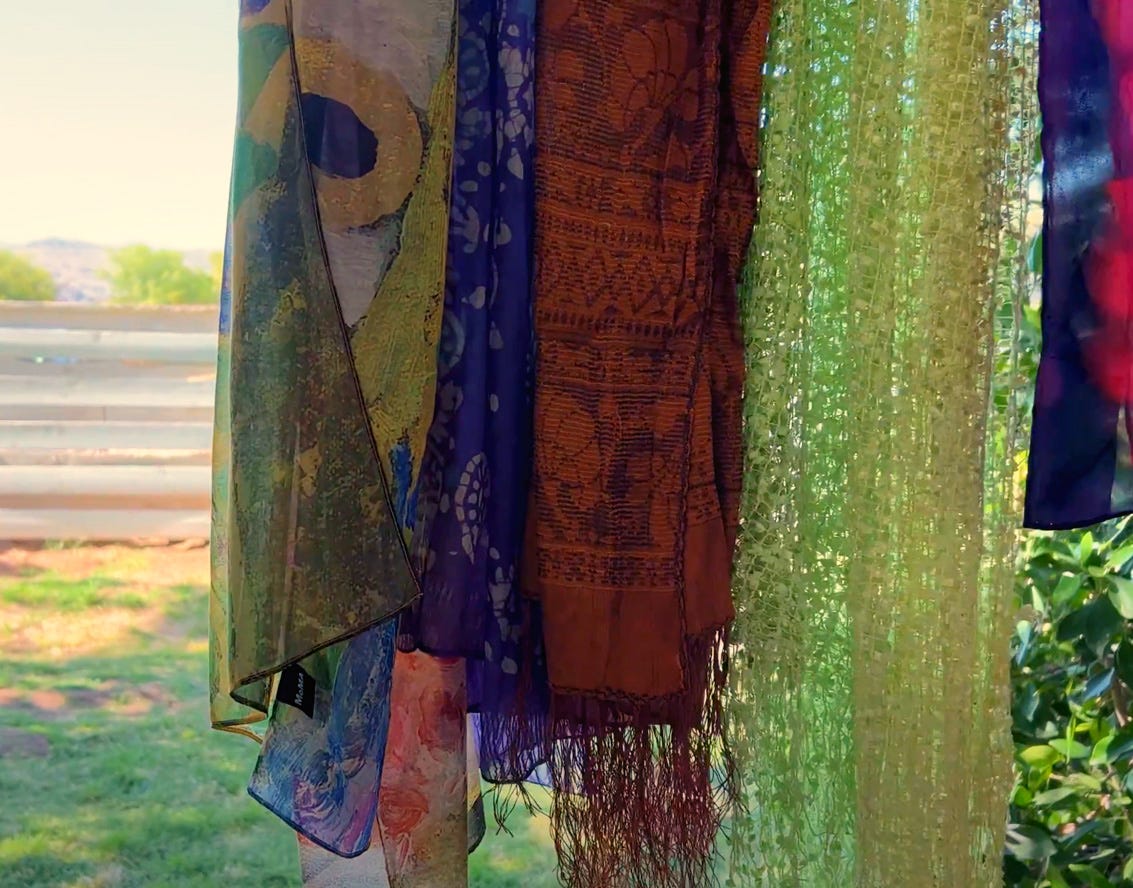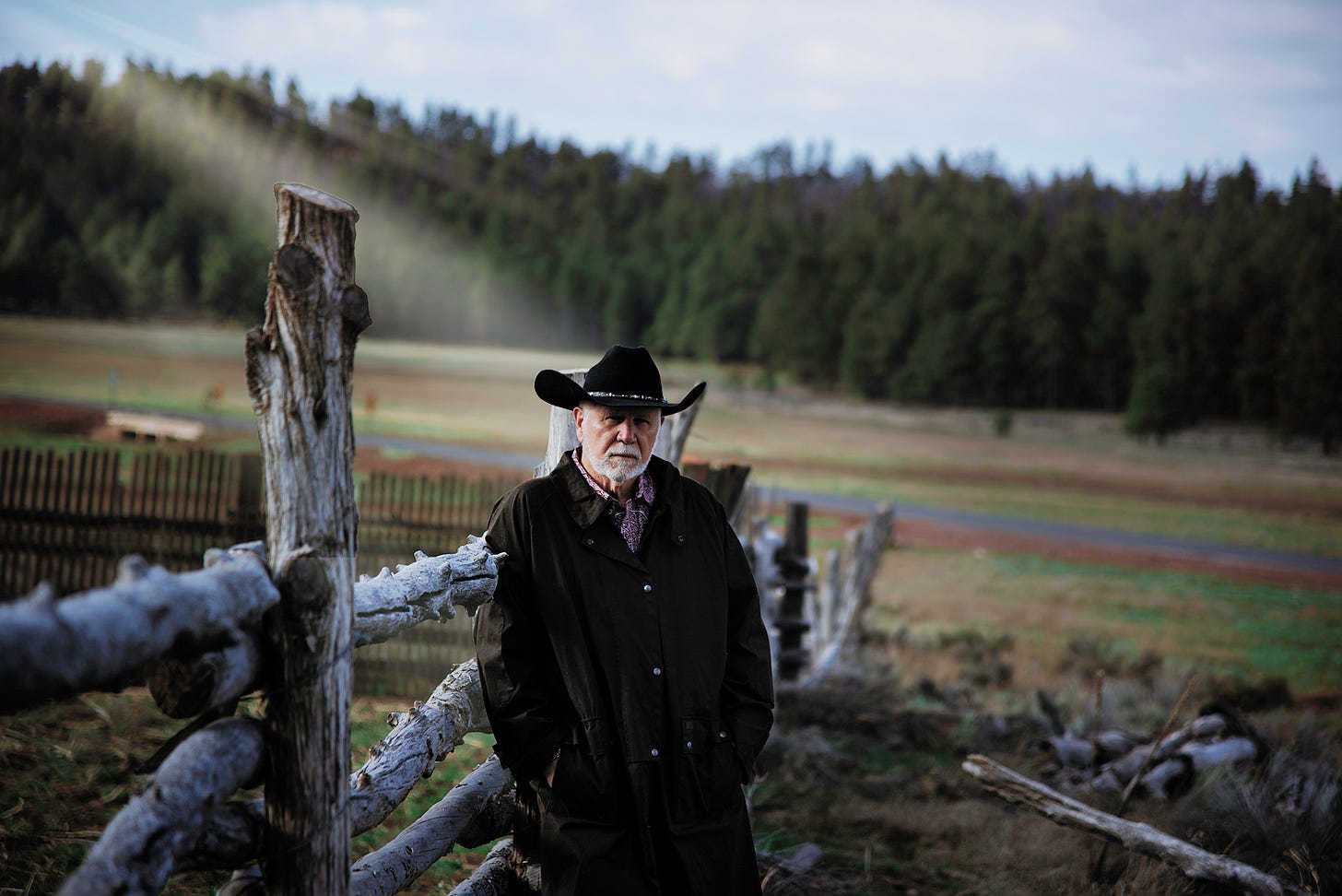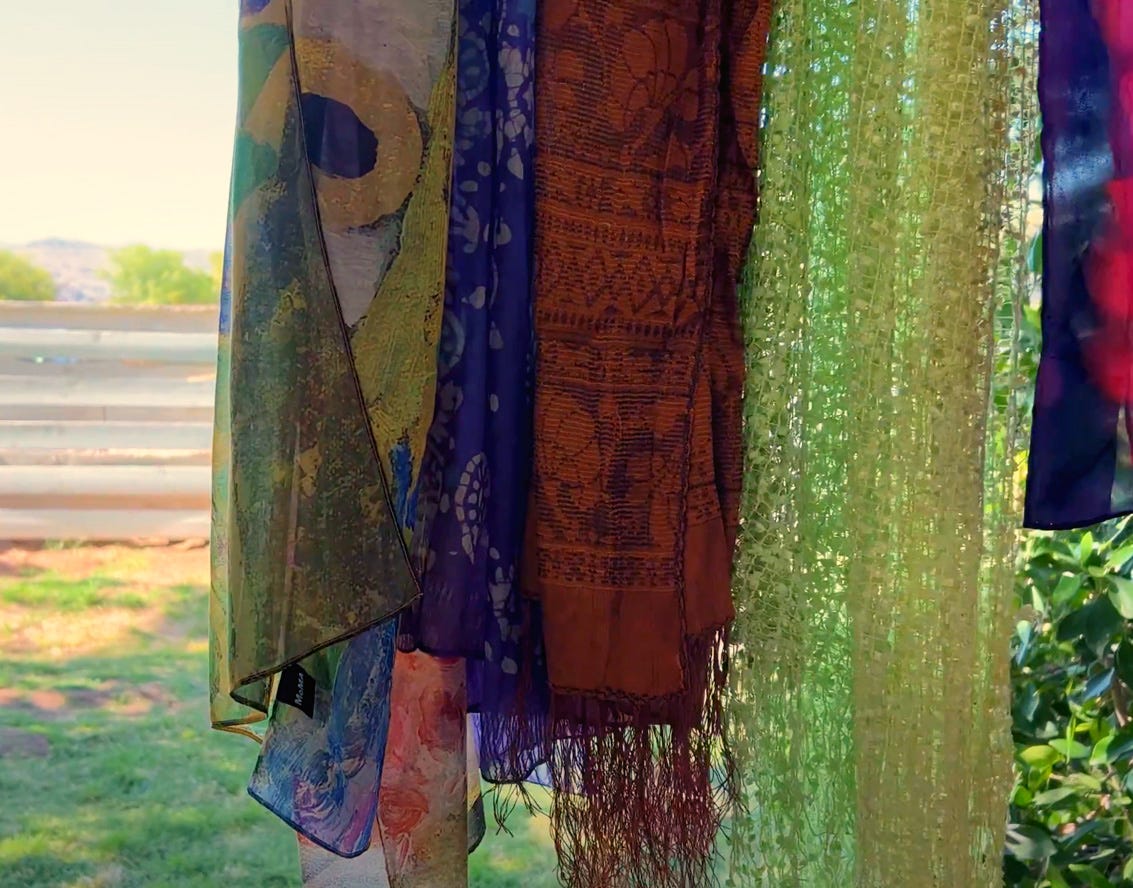You all know that I work with photographers on a daily basis.
One of the questions I get all the time is, “What should be in my portfolio?”
This is usually followed by an exasperated sigh and a litany of reasons why the shots cannot be done.
It’s too expensive. (It’s not.)
I don’t know where to start. (I’ll help.)
Can you give me a list?
Why yes, yes I can.
Below you will find thirty assignment ideas with mini-briefs and shoot ideas. None of these should cost you much, or be difficult to do.
This is a modern photographer’s portfolio to-do list.
Here are ten shot ideas to elevate your “Lifestyles” portfolio. These suggestions aim to capture a wide array of human experiences and environments that would interest a diverse audience.
LIFESTYLE PORTFOLIO SUGGESTIONS
Urban Jungle: Capture an individual navigating through a bustling city, ideally during peak hours. This could be a shot of them crossing a busy street, cycling in traffic, or waiting for a train. The cityscape should be as much a subject as the person.
Home Office: A well-styled shot of someone working from a home office. Emphasize the coziness and functionality of the space, while also focusing on the person engrossed in their work.
Morning Rituals: Capture an individual in their morning routine, perhaps preparing coffee, meditating, or working out. The goal is to depict an intimate, serene start to the day.
Outdoor Recreation: Show someone engaged in an outdoor activity such as hiking, painting, or playing a sport. The focus should be on the joy and energy of the activity, with a backdrop of a stunning natural landscape.
Family Meal: An intimate shot of a family or group of friends sharing a meal. This could be a formal dining setting or a casual barbecue. The focus is on the connections between people and the joy of shared experiences.
Fitness Journey: Capture a person mid-workout, whether in a gym, at home, or outdoors. The aim is to show determination, effort, and the importance of maintaining physical health.
Cultural Celebration: Photograph someone immersed in a cultural or religious ceremony, showcasing rich traditions and a sense of community.
Weekend Getaway: A shot depicting the excitement of a short vacation, such as someone loading their car for a road trip, or enjoying a secluded cabin in the woods.
Nightlife: Capture the vibrant energy of nightlife, perhaps an individual at a concert, a dance club, or a late-night food joint. The image should be full of life and color, expressing the excitement and allure of the night.
Self-Care Sunday: Document a tranquil self-care routine. This could be someone reading a book in a cozy nook, taking a bubble bath, or practicing yoga. The shot should evoke a sense of calm and relaxation.
Remember, these are just ideas to spark your creativity. Feel free to interpret them as you see fit or modify them to match your unique style and vision. Your lifestyle portfolio should be a representation of your view of the world around you.
PRODUCT PORTFOLIO SUGGESTIONS
Product in Use: Showcase the product being used in its intended environment. For example, if it’s a kitchen gadget, display it in a beautifully set kitchen with someone using it.
Unboxing Experience: Capture the excitement and anticipation of opening a new product. Highlight the packaging, the product reveal, and the initial interactions with it.
Product Close-ups: Provide a macro shot to show off the product’s detail, texture, and quality. This is especially effective for items with intricate designs or details.
Styled Flatlays: Arrange your product with related items on a flat surface, and capture from above. This creates a curated and visually interesting image that tells a story.
Product Pairings: Display your product alongside complementary products to show how they can be used together. This can be a great way to suggest pairings to potential customers.
Before and After: If the product promises a transformation (like a cleaning product or a beauty item), show a before and after shot. This effectively demonstrates its efficacy.
Product in Context: Show the product in a lifestyle context that your target audience can relate to. For example, a camping gear product shown in a beautiful outdoor setting.
Minimalist Approach: Photograph the product against a clean, simple background to emphasize its design. This works particularly well for tech gadgets, furniture, or fashion items.
Dynamic Shots: Bring some action into the shot if possible. This could be a splash of water on a waterproof watch, or a car in motion for automotive products.
Seasonal Shots: If applicable, take photos of the product in different seasonal settings. This can help potential customers envision the product in their own lives throughout the year.
Remember, these are just ideas to spark your creativity. Feel free to interpret them as you see fit or modify them to match your unique style and vision. Your product portfolio should be a representation of your view of consumer products.
FOOD PORTFOLIO SUGGESTIONS
Ingredient Flatlays: Before cooking begins, arrange all ingredients on a table and capture them from above. This highlights the raw, fresh ingredients that go into the dish.
In the Making: Show a chef or home cook in the process of preparing a dish. This can be anything from chopping vegetables to kneading dough, stirring a pot, or decorating a cake.
Plating Up: Capture the moment a dish is being plated or garnished. This can showcase the artistry involved in food presentation.
Ready to Serve: Photograph a beautifully plated dish, ready to be served. Use a complementary backdrop and props to enhance the food’s visual appeal.
Mid-Meal: Take a shot midway through eating, to show the dish being enjoyed. Make sure to capture the textures and layers revealed in the process.
Food and Drink Pairing: Show a meal along with a matching drink. This could be a type of wine, a cocktail, a craft beer, or a special tea or coffee.
Bakery Delights: Capture the warmth and appeal of fresh-baked goods. This could be a tray of cookies straight out of the oven, a beautifully glazed donut, or a rustic loaf of bread.
Street Food: Photograph a popular street food item being prepared or served. This could be from a food truck, a market stall, or a traditional food cart.
Farm to Table: Show the journey of an ingredient from farm to table. One shot could show the ingredient being harvested or bought at a market, while the next shows it being used in a dish.
Celebration Meal: Capture a festive or celebratory meal. This could be a holiday dinner, a birthday cake, or a special dish for a cultural festival.
Remember, these are just ideas to spark your creativity. Feel free to interpret them as you see fit or modify them to match your unique style and vision. Your food portfolio should be a representation of your view of the yummies all around you.
CONSIDER THESE AS STANDING ASSIGNMENTS.
VALUE BASED PRICING
OK, now that you have built an amazing, contemporary, and ultimately powerful portfolio, you will be asked to make a bid on a gig.
And then comes the moment-of-massive-pain; what to bid to get the job?
No one escapes this dilemma.
No one.
Well, one guy did and was about to tell all the rest of us exactly how to do it, but he was hit by a runaway circus truck filled with performing elephants and was, well… he was hit with a truck of elephants, so you don’t really have to ask, do you?
So we are on our own.
First thing to consider:
We do not make commodities. It isn’t a thing we produce over and over again and look for the arbitrage between production, retail, and profit.
Everything we do is custom. And custom, by its very nature, costs more and has a widely diverse pricing structure.
There is no one-price-fits-all on most of what we do. (Exceptions would be ultra-repeatable things like drop-n-pops, or basic headshots for the subject’s use.)
So figuring out a CODB chart is only going to be a little helpful in reminding us how much we need to stay in business, but it offers absolutely no information on what we need to charge.
Second thing to remember:
We sell value. The value of our work is how we price the work.
For instance, we get a call from a local model to do a new headshot.
We charge $250 for a basic headshot, and we are going to hire a stylist for wardrobe and a makeup artist for the shoot. They both charge $150, so the job comes in at $500.
The next week, Maybelline calls with a beauty shot that they are going to use in magazines, websites, and social media.
They have hired the same model we just did the headshot for. (Yeah, we are THAT good.)
So we have the same model, the same makeup artist, and the same stylist.
Are we going to charge the same as we charged the model for her headshot?
That $500 headshot just turned into a $16,000 headshot. Plus model fees that were negotiated by her agency.
Because of the value it has to Maybelline. The makeup artist is about $2000, as is the stylist, and we have built in a two-year exclusive buyout for the images.
Same camera, lighting, studio, model, MUA, and stylist.
A widely divergent price.
VALUE-BASED PRICING is the only way to stay relevant and keep your studio afloat.
Here is some great info.
THE STORYTELLING WORKSHOP.
I am going to shut down the enrollment on Tuesday morning. I only have one more opening, and then we close it out. The class is small enough to make sure I get plenty of one-on-one time with the students. This is not a set of videos that you watch without getting any interaction, questions answered, or ideas shared. All of the classes have a live component as well as a shooting assignment for the week.
If you want to do this, now is the time.
THE PAID SUBSCRIPTION MODEL HELPS SUPPORT ME
Are you thinking to yourself, “What reasons could possibly exist that would make me want to pay for a subscription to this, or any other newsletter?”
It’s cheaper than a Wendy’s single with cheese and fries. It is. I checked.
I get it. I do. But, see, here’s the thing.
There is value in the paid version that cannot be matched by anything in the known (and unknown) universe. That includes free copies of my books when they are released, information for subscribers only, live shows starting in June, and a heck of a lot of fun. In fact, I am using Chat GPT to locate all the counties and townships where having this much fun could actually be illegal. I’ll keep you apprised.
Take a look and decide for yourself.
Last week, we in the Phoenix arts community lost a sister who was one of the most amazing people I have ever known. Diane Hunt was a dancer, choreographer, teacher, and mentor to hundreds of young people. She was undoubtedly the kindest, most loving person I have ever had the privilege of knowing. Over 400 people showed up to join in a celebration of her life, and I think that says a lot about the kind of person we should all try to be. She loved scarves. Her husband, Mark, pulled them out and hung them around the area with the instructions for everyone to take one in memory of her incredible life. Mine is hanging in my office now as a reminder to try and be more like her every day.
“I don't know what happens when people die
Can't seem to grasp it as hard as I try
It's like a song I can hear playing right in my ear
But I can't sing, I can't help listening
And I can't help feeling stupid standing 'round
Crying is they ease you down
'Cause I know that you'd rather we were dancing,”
We are, Diane.
And thank you.








In the Fall we will be doing this workshop again.
I will let everyone know when it is coming up.
Thanks for following and your interest.
When do you expect to run your next Storytelling Workshop after this current one? Not sure the timing is right for me this time around.